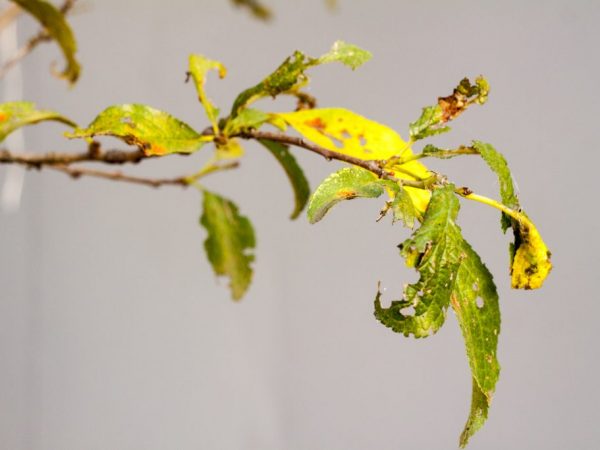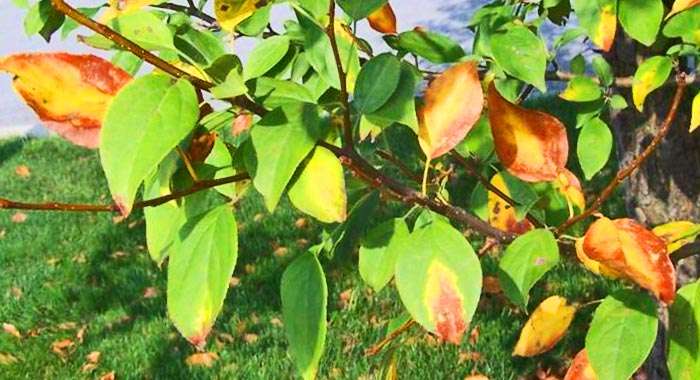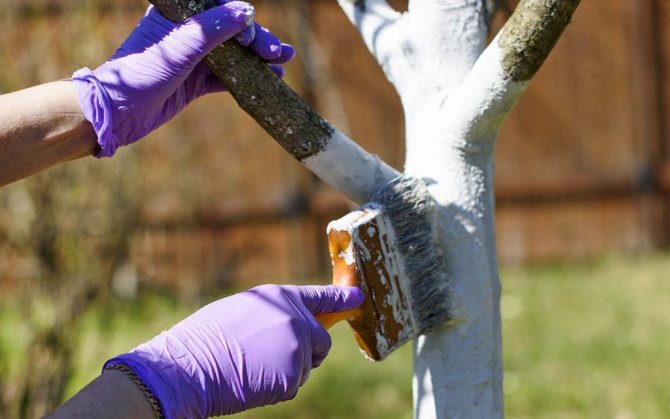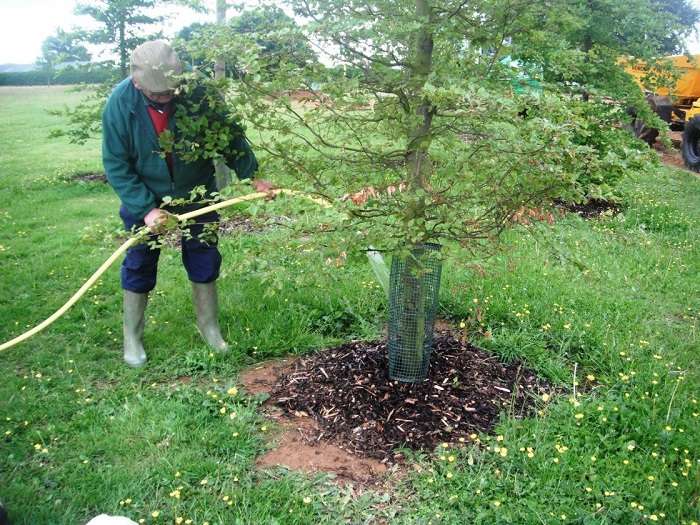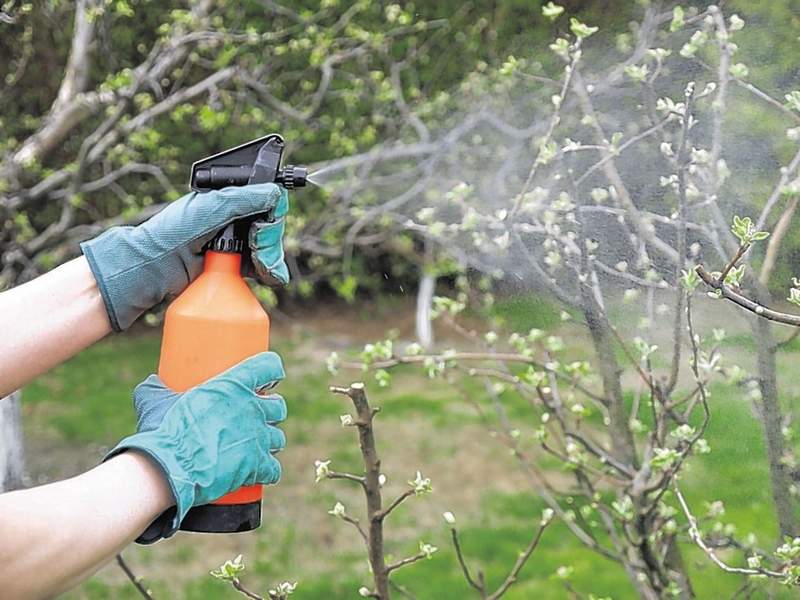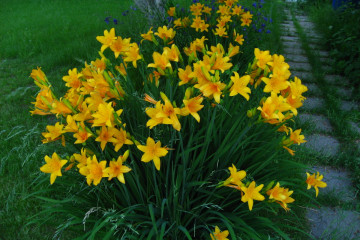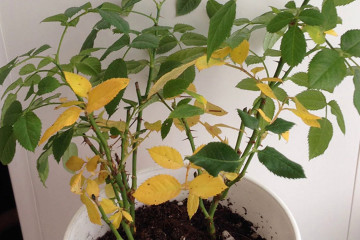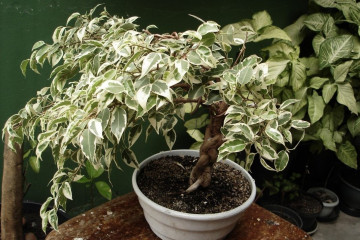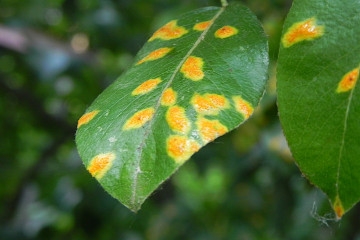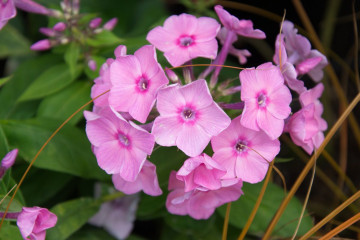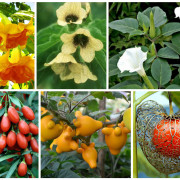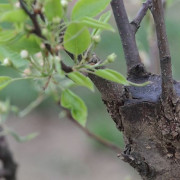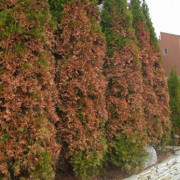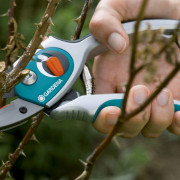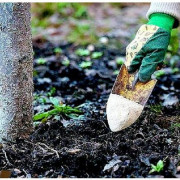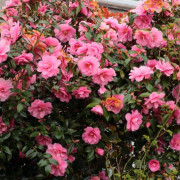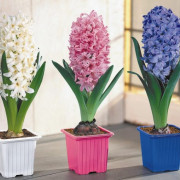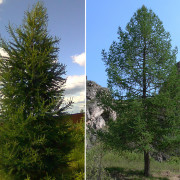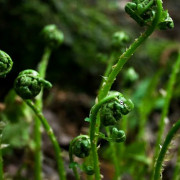Why pear leaves turn yellow - what to do and how to treat
Content:
Regular and most thorough care of fruit trees does not guarantee that there will be no problems with them. It is important to understand why the leaves on the pear turn yellow; the sudden appearance of this symptom raises many questions from the gardener. And before taking any action, you must first determine what triggered the pathological changes.
Features of yellowing of leaves in a pear
The leaves on the pear can turn yellow and dry for a number of very different reasons. As soon as the first changes in the color of the foliage become noticeable, you need to carefully examine the tree. The state of the leaves and the nature of the change in their color can tell what is behind this:
- the lower part of the crown begins to change color first - this indicates a lack of a number of nutrients in the soil;
- changes the color of the crown at the top - an excess of moisture, which happens not only due to improper watering, but also due to nearby groundwater;
- yellow spot - with a high degree of probability, this manifestation indicates the presence of pests on the pear;
- foliage on individual branches has become a different color - moniliosis.
The factors that provoke the yellowness of the crown in a pear are very different. It can be both diseases and pests, or a garter that is not weakened in a timely manner, which supports the emerging branches.
Causes of yellowing foliage
To determine what caused the yellowing of the crown, the analysis of the nature of the color change and a number of accompanying symptoms that accompany this or that disease will be able to.
Scab
Scab is a common disease caused by a fungus. Features of manifestation:
- small spots of light brown color appear on the leaf plates;
- the spots gradually increase in size, merging together;
- the whole leaf changes color, after which it falls off.
Treatment for scab consists in treating the tree with antifungal agents. Prevention of the disease - regular spraying of pears with Bordeaux liquid.
Mosaic
This is the most dangerous viral disease that has the following symptoms:
- spots are formed on the leaf plate;
- an increase in spotting leads to a repainting of the entire leaf;
- the crown becomes pale.
The virus is transmitted to the pear through garden tools that have not been sterilized after other plants have been treated. The carrier of the viral pathogen is the aphid.
Lack of potassium in the soil
Insufficient soil nutrition or improperly selected fertilizers lead to the fact that the pear lacks such a mineral element as potassium. This is manifested by a specific symptom - the leaves acquire a red border.
It is easy to fix the situation - to establish a feeding regime for pear trees. It is necessary to feed the plant in the spring, during the period of its active growth and development. Depending on the variety and region of growth, this can be from April to May.
Lack of iron and magnesium
For active development and strong immunity, which increases the pear's resistance to diseases and pests, elements such as magnesium and iron are needed. This must be taken into account when choosing fertilizers.
The lack of these components leads to the fact that the leaf plates lose their ability to produce chlorophyll. Symptoms are light brown spots.
Unfavorable weather conditions
Despite the fact that the pear is a drought-resistant tree, the prolonged absence of rainfall or watering negatively affects its condition. The foliage changes its color to a rusty shade, the crown itself looks drooping, the branches go down. You can reanimate the pear by establishing watering.
Rodents
If the emerging young and fresh leaves suddenly began to lose their juicy color and acquire a rusty hue, this most likely indicates that the root system of the tree has been damaged by rodents. The pear is attacked by mice and hares. To ward off rodents from the plant in winter, in late autumn the ground under the tree is covered with roofing material.
Roofing material will not only save the roots of the tree, but also contribute to the creation of a favorable environment for the pear - the earth will keep warm longer. In winter, it will be possible to avoid temperature extremes, which have a bad effect on the condition and development of the tree.
Burns
The fact that the foliage of the pear gets burns is to blame for the human factor. For example, if in summer, in hot weather, the crown is watered, then the water drops become a kind of lenses. Under the sun's rays, even small droplets leave rusty spots on the greenery from burns.
Excess moisture in the soil
The pear reacts negatively to both prolonged drought and excess moisture. Excessive watering or close occurrence of groundwater leads to root rot. The first to react are the leaves, which become rusty from juicy green. Ways to solve the problem:
- setting up watering - it should be moderate, moisture stagnation in the soil should not be allowed;
- with the occurrence of underwater waters - the use of specialized products that help absorb excess moisture, for example, a hydrogel;
- the correct choice of a planting site - do not place the pear in a lowland, where water stagnates after rains, do not plant where groundwater passes nearby.
After normalizing the humidity level, the pear will recover by itself.
Chlorosis
Chlorosis on a pear is caused by the following factors:
- insufficient oxygen flow to the root system due to the lack of soil loosening;
- freezing of the root system in winter;
- iron deficiency in the ground;
- alkaline soil reactions.
The pale rusty color of the foliage due to the development of chlorosis appears in certain months - in June and July.
How to fix problems causing yellow leaves
What to do if the leaves turn yellow on the pear? This sign must be treated very carefully and try to eliminate the provoking factor as quickly as possible, while diseases and pests have not managed to completely destroy the tree.
Why pear leaves turn yellow and how to treat a tree are interrelated questions. The methods of therapy and restoration of a pear depend on what triggered the change in the color of the foliage:
- Scab - the ground around the tree must be watered with a solution of antifungal fungicides. Solutions in low concentration are used for spraying the crown. Parts of the tree damaged by the disease must be removed from the tree and burned.
- Mosaicity - the tree cannot be cured, it must be destroyed.
- Lack of mineral elements - the use of fertilizers suitable for the pear.
- Lack of moisture or stagnant water in the soil - normalization of irrigation. In the absence of precipitation for a long time, the tree is watered every 4-6 weeks. It is necessary to water the plant early in the morning or in the evening to avoid burns on the foliage.
- Pear pests - wood treatment with insecticides.
- If the depressed state of the pear is associated with a high alkali content in the soil, the only way to revive the tree is to transplant it. If you leave the pear in the same place, it will constantly hurt, and this will negatively affect the quantity and quality of the crop.
- Moniliosis is a disease in which the leaves not only change color, but also begin to quickly wither and fall off. This extends to branches as well. The disease manifests itself in August. Antifungal drugs are used to get rid of moniliosis.
Prevention of yellowing of foliage on a pear
The surest way to protect a tree is to provide it with proper care. The prevention of pear diseases begins with the selection of the correct seedling. It is necessary to purchase trees for planting only from trusted sellers. Before buying a seedling, you need to carefully examine it. It shouldn't be damaged in any way. The root system must be well developed and strong.
The causative agents of most diseases are transmitted by air and with insects. To protect the tree, it is necessary to spray it with protective agents every 2 weeks. Recommended effective and safe remedies:
- bordeaux liquid;
- calcium chloride;
- colloidal sulfur;
- inkstone.
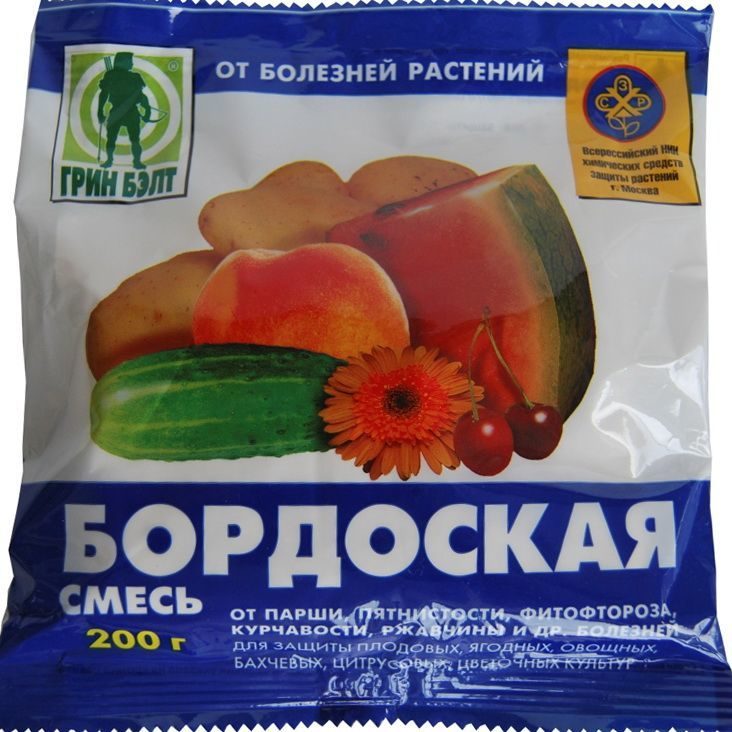
Bordeaux liquid is an effective remedy, both for eliminating diseases at an early stage, and for their prevention
Recommendations and Tips
Before planting a pear, which every year will delight you with a plentiful and high-quality harvest, you need to know how to properly care for the tree, and what preventive measures must be taken.
To protect seedlings from diseases and pests, in which the leaves turn pale and change their color, you need to adhere to the following tips and recommendations:
- Aphids are a carrier of fungal spores and pathogens of viral diseases. In the fight against aphids on a pear, insecticides are used, with which the tree is periodically treated. If aphids were not seen on the tree, an effective folk method can prevent its destructive appearance - sprinkling with a solution of laundry soap.
- It is imperative to remove ants from trees, since they are carriers of aphids. You can get rid of ants using baits placed under the tree. You can buy them in the store, or you can make them yourself. Millet, boric acid and sugar are mixed.
- Thorough cleaning of the garden after winter and at the end of November. The collection and destruction of fallen leaves, fruits and branches, which may contain pathogenic microorganisms, is an important preventive measure.
- Sanitary pruning of wood. Timely need to remove leaves and branches, which suddenly began to change their color and structure. Parts collected from wood must be burned. If they have pathogens on them, such a measure will help prevent them from spreading further.
- Compliance with the distance between seedlings when planting them. The gap between trees should be at least 3 m. This is necessary so that when one tree is sick, viruses and fungi cannot quickly spread to neighboring plantings. The correct spacing between the seedlings helps to keep the garden tidy. Thickening of plantings is one of the provoking factors for the appearance of many diseases.
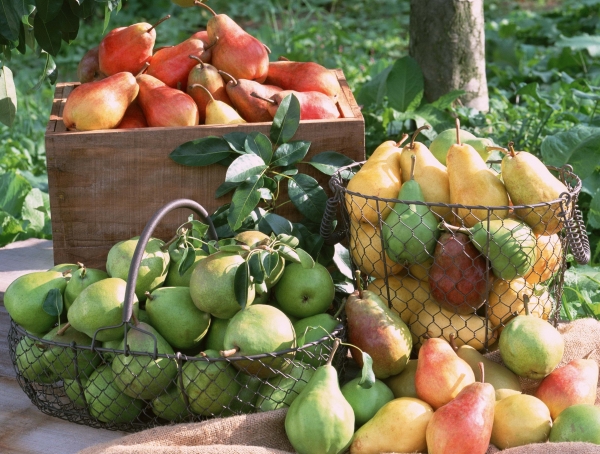
Prevention of diseases of the pear and careful care of it is the key to good health of the pear and a rich harvest
The fact that the leaves brighten, take on a different color, the wine of the gardener, who does not provide the fruit trees with proper care. Improper watering, improperly selected fertilizers, lack of sanitary pruning and preventive spraying are factors that lead to the fact that the pear begins to ache. If the leaves begin to change their color, action must be taken immediately. Aggravating the situation will lead to the death of the tree.
